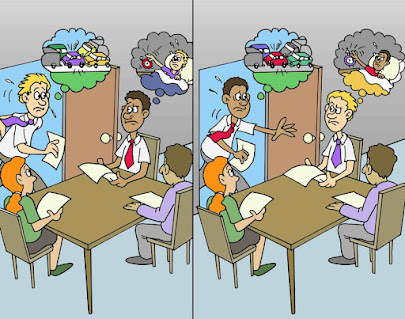
Culture and Psychology-Week 7-6/4/22 Culture presents many different beliefs. The belief about what we should grow up to become based on our gender, economic status, station, and so on shapes us more than we might like to think. In the United States, the sky is the limit and really, you can go further than that if you want. But in other cultures, there may be things in tradition or social obligations that may tether us to a certain outcome. This isn't necessarily a bad thing unless our culture is holding us back from our full potential. What is our full potential? Only the Lord knows and it isn't for any one of us to tell someone else what they should and should not make of themselves. Now I said that in the United States any dream is open, which is only mostly true. Yes, we are an open society and like to think that anyone can do what they want. The fact is, there are subcultures within our grand culture that says otherwise. As an example, women are told to be anything the...





